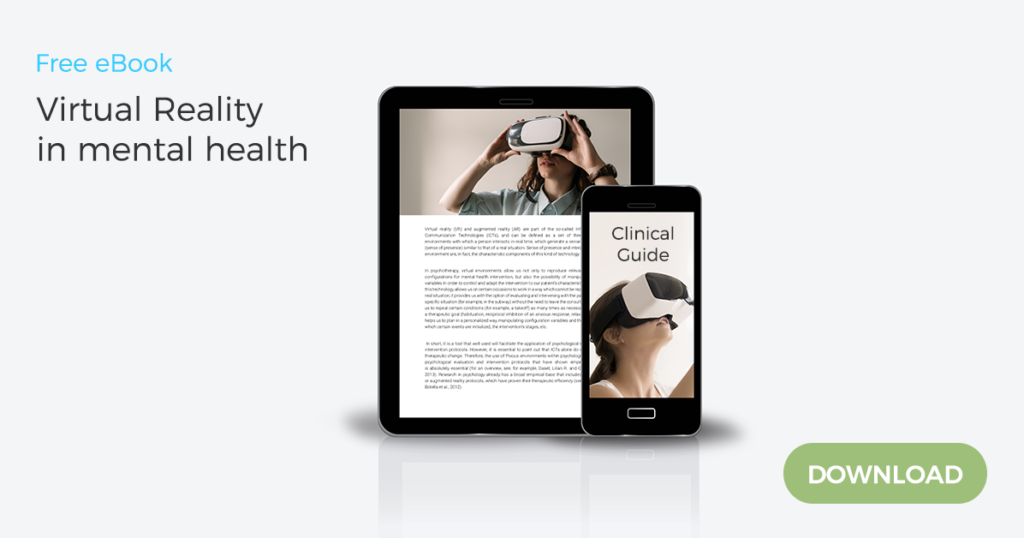Social phobia affects 13% of the population, of which 40% is made up of people suffering from glossophobia, that is the fear of public speaking (American Psychiatric Association [APA], 2000; Ruscio et al., 2008 cited in Helene S. Wallach, Marilyn P. Safir and Margalit Bar-Zvi, 2009).
Cognitive-behavioral therapy (CBT) has been revealed as the therapy of excellence for the treatment of phobias (Heimberg et al., 1998; Smits & Hofmann, 2008; Hope & Heimberg, 1993; Marks, 1999, 1990; Otto, 1999; Silverman, McCarthy, & McGovern, 1992), with effects superior to any other type of psychotherapy in terms of percentage of people who improve their situation, degree of progress and duration in the long term.
The most effective therapies to improve glossophobia conditions are individual cognitive behavioral therapy – through the use of imagination – and group – through exposure in vivo.
However, the treatment of fear of public speaking through in vivo exposure can be difficult for several reasons, among them the lack of control of the situation exposed by the therapist, the difficulty of imagination on the part of the patient can make the development of therapy impossible, or in the case of a real exposure, the privacy of the treatment would be compromised. Therapy through virtual reality exposure allows us to avoid these problems.
In the study of Helene S. Wallach, Marilyn P. Safir and Margalit Bar-Zvi (2009) participants with glossophobia were randomly assigned to the group treated through cognitive behavioral therapy with imagination, the ones treated with virtual reality and the waiting list group. The results showed that virtual reality therapy is a valid alternative to cognitive behavioral therapy with imagination.
More specifically, the results showed that cognitive-behavioral therapy and virtual reality therapy are superior to the control group and that the dropout rate of virtual reality therapy (6% or 18%) is lower than cognitive behavioral therapy with imagination (15% or 33%). Therefore, the exhibition with virtual reality is seen as a preferable treatment by customers.
Today, the cost of RV tools has been drastically reduced, so it becomes an easily accessible technology.
In Amelia Virtual Care we have the virtual environment for the treatment of glossophobia. Check out our platform and prices.











